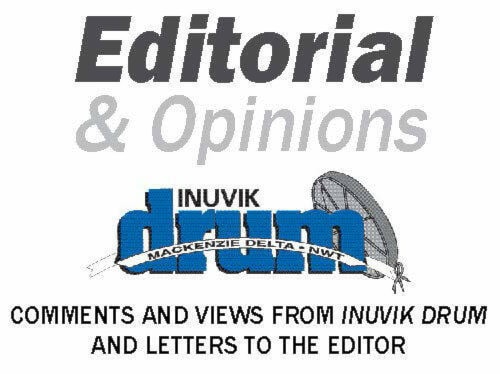Over the past few weeks we have had a series on challenges towards getting more Indigenous news reporters working in the industry.
Excellent ideas were highlighted, including better representation of Indigenous reporters in broadcasting and highlighting more positive and community building stories in remote communities.
It’s a multi-faceted problem with no easy solutions, but here’s a possible idea that could help bridge the gap between media-savvy community members and full blown press corps.
Public radio.
No, I’m not referring to CBC, which provides an essential service of its own. I’m referring to a nonprofit model that has been used across Canada.
News is not an easy trade to break into. Aside from the schooling, most hopeful-reporters also need to provide a paper trail of their work, usually with a student paper, to show they’re really interested. Usually education also involves an internship at a paper, which usually pays a bare minimum and student is often limited by how much money they have saved up to live on, so journalists from lower income backgrounds are fairly rare as a result.
However, even with this many entry-level reporters find themselves in a bit of a conundrum of not having a place to get their work published or broadcast, and not able to find work because they don’t have anything published or broadcast to show potential employers.
In my birth city of Edmonton, a public radio station born out of a record club called CJSR provides a medium for young reporters to get experience in both reporting and live delivery. It also gives an outlet for stories not frequently covered in more mainstream, commercial news outlets - notably around Indigenous issues but also labour and environment. A second, much longer running station, CKUA, was also a prominent news producer for much of the last century.
It’s a model that has given volunteer news reporters national exposure and I think it’s a model that could be imported to the NWT fairly easily.
Particularly with Aurora College transitioning to an accredited university, having a university station to connect the various campuses would be an excellent community builder for the north.
The beauty of public radio is that other than the costs of running a station, which are usually covered in an annual fundraiser, money is largely out of the decision-making process. Volunteer DJs play local music which would never get airtime otherwise, and volunteer news reporters cover powwows, labour rallies and many other topics commercial media outlets generally don’t have the resources for.
And those reporters then are able to move forward in the news industry.
A Public NWT radio station would give youth eying a life in news a means to report on their communities and get their voices heard. It would provide valuable technical training and journalism experience for new reporters, which in turn would make said reporters more marketable to news outlets like NNSL.
And the set up would likely be fairly minimal. Radio towers are already established across the North, so a new station could piggyback on the current infrastructure relatively easily. There’s plenty of call signs available on the FM Band.
We need to give our young news enthusiasts all the opportunities to be heard that we can. Build it and they will come.
